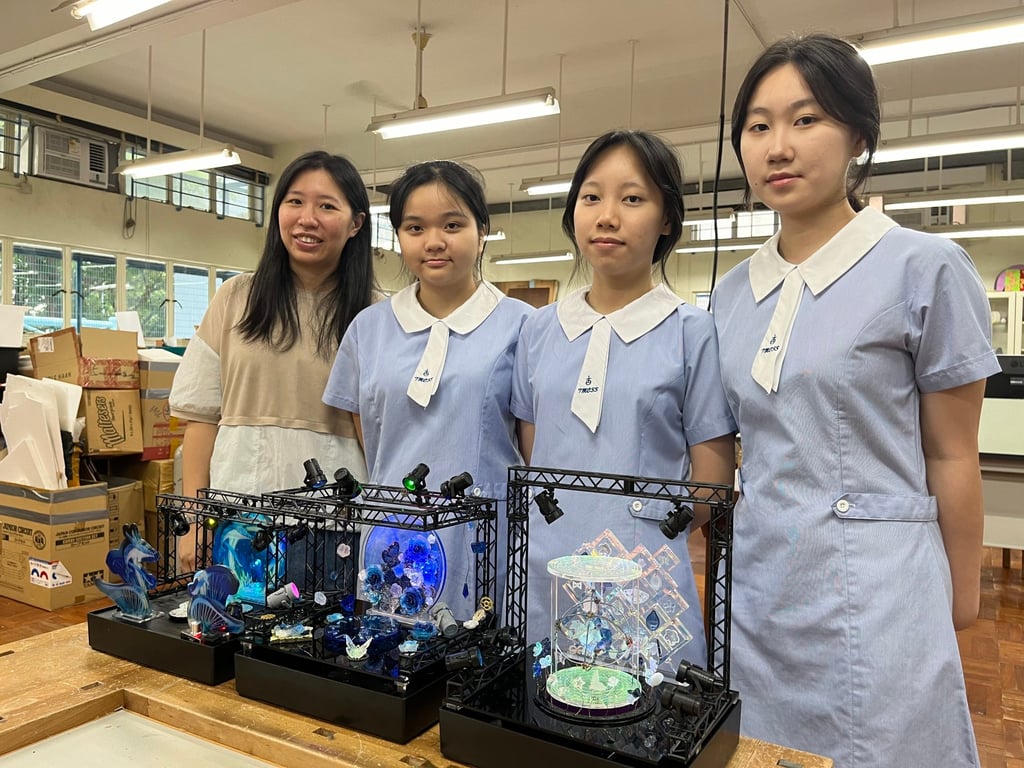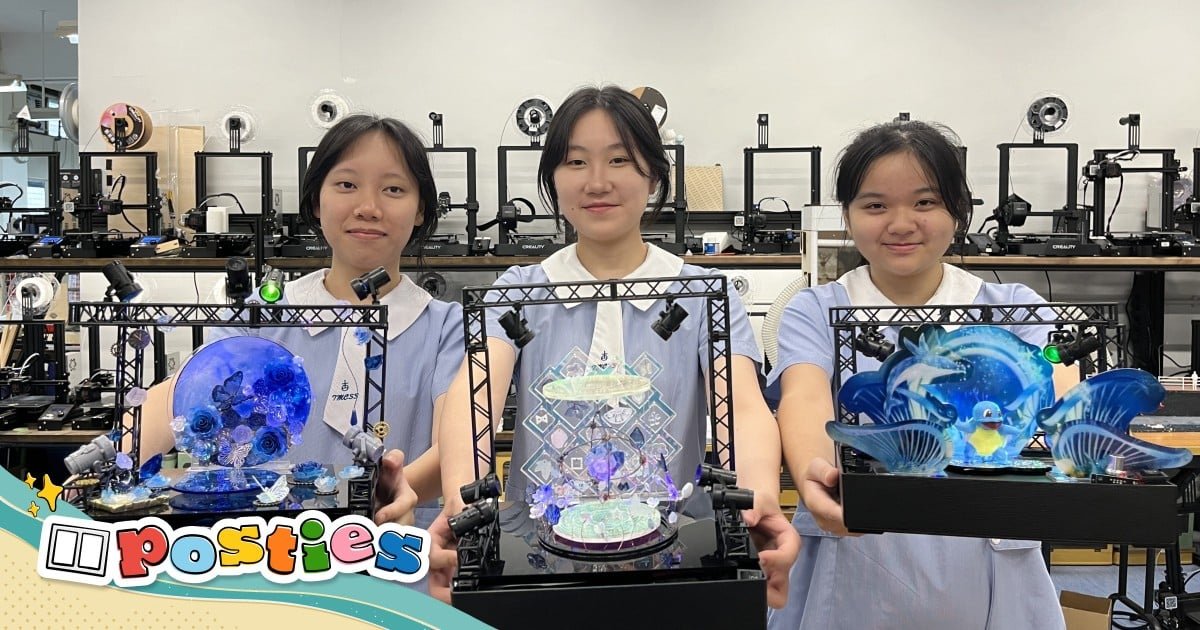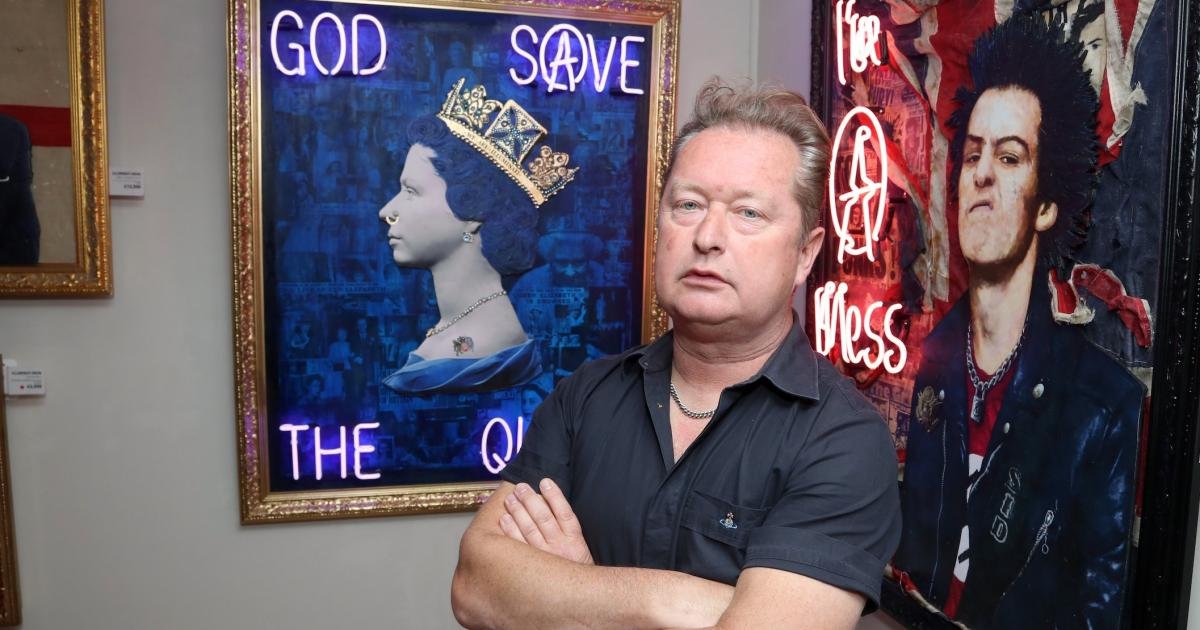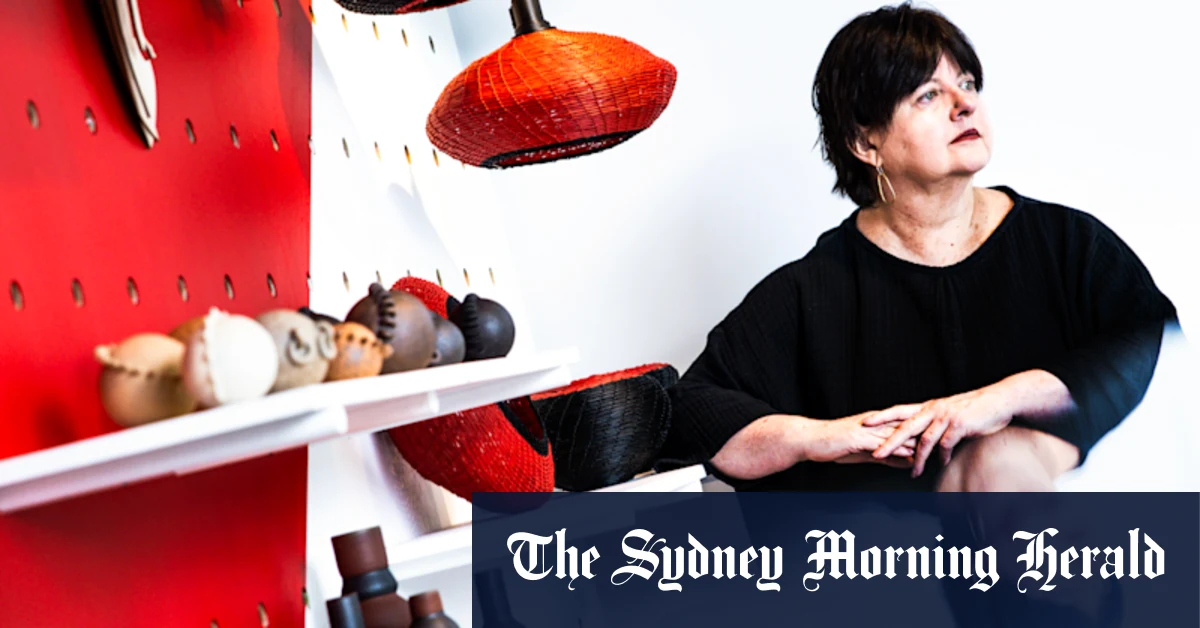Behind every amazing musical or play is a team of theatre technicians and artists. They bring the performance of actors to life through stage design.
Students from 10 Hong Kong schools joined a number of stage production workshops organised as part of this year’s Technical Arts Festival.
Industry professionals taught pupils how to transform Japanese lunchboxes, also known as bento boxes, into miniature stage designs.
They learned STEM skills while working on a theatre production. Students made costumes using a Japanese weaving technique called saori.
The festival was organised by the Hong Kong Association of Theatre Technicians and Scenographers. It was held in West Kowloon last month, and the theme was “Taste and Space”.
Bringing a scene to life
Annie Xia Yingying is a Form Five student from Tuen Mun Catholic Secondary School. She designed a mini-stage inspired by the Japanese anime Wandering Witch: The Journey of Elaina. She used 3D printing and laser cutting to create things for the stage on the bento box base.
“In professional stage design, you have to figure out how to bring a scene to life, which isn’t easy,” Annie said.
“People usually think of the stage as a place for performers to sing, dance or play music. But I believe that if something is worth showcasing, it belongs on stage.”
Crystal Yeung Nga-yan, 16, enjoyed the hands-on learning experience of the workshops. She said connecting the wires to the mini-stage took a lot of time, but the workshop helped her learn how to handle them.
“These kinds of activities … help students discover hidden talents – things they’re good at but haven’t had the chance to explore,” Yeung said.

Lessons from the workshops
Artist and instructor Teresa Wong Kai-man said the workshops integrated science, technology, engineering and mathematics in the creative process. This sparks the students’ interest in technology and the arts.
Students use laser cutters, 3D printers and other tools, including connecting electrical circuits.
“At first, we guide the students step by step, but as they gain confidence, they start exploring their own ideas and creativity,” said Wong.
“We show them images of real stage set-ups, sound systems and other equipment and then let them experiment with materials to build what they want”.
She added: “It’s all about problem-solving – thinking creatively about how to tackle challenges and find solutions. Even when mistakes are made, it’s still part of the learning process.”
Use the puzzle below to test your knowledge of the vocabulary words in the story.
Quiz time
Stop and think: Students had to think up their own stage design in a creative way. The execution involved things like using laser cutters, 3D printers and electrical circuits.
Think about it: Annie pointed out that people only think of those on stage who are singing, acting and playing music. People tend not to consider those doing behind-the-scenes work.
Consider: Because they help students discover their hidden talents.







